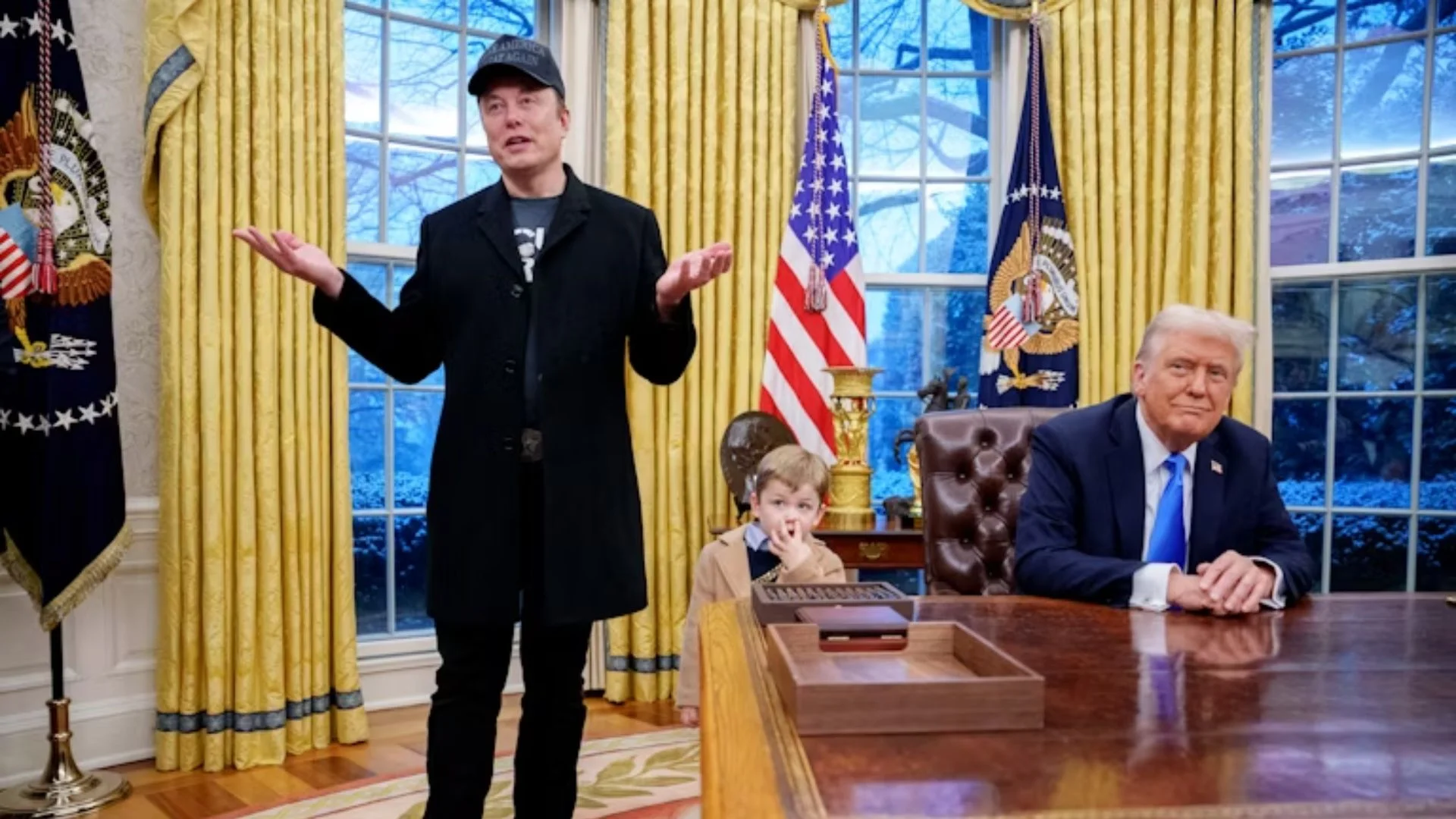The phrase judicial philosophy refers to the underlying set of ideas and beliefs of a particular judge which shapes his or her rulings on particular cases. It refers to the ways that judges interpret the law.
The judges by virtue of the task cut out for them to judge in the matter and pass verdict on the case , as they had to decide the case, one way or the other after hearing both the parties.
The question arises what lead to a judge to decide a particular case in a particular way or what are the factors which shapes the decision making of a judge.
The fact that a judge is supposed to be impartial is not sufficient to stifle a jurists’ tendencies to follow his or her human predispositions when arriving at a legal conclusion.
A leading Realist scholar, Jerome Frank, maintains that the opinions written by the judiciary are an inaccurate depiction of actual thought processes which occur in a judge’s mind.’ Frank claims that judges’ decisions are not based on a systematic analysis of fact and law, but rather on a perspicacious flash termed the “judicial hunch” The transpiration of the judicial hunch was defined by Judge Hutcheson as the following:
“And brooding over the cause, [the judge] waits for the feeling, the hunch – that intuitive flash of understanding that makes the jump-spark connection between question and decision and at the point where the path is darkest for the judicial feet, sets its light along the way”
The motivating impulse which leads a judge to his decision is his “intuitive sense of what is right or wrong in the particular case.” Once this decision is made, the judge will employ every means available to justify his or her decision within his or her own mind and to withstand criticism from his or her peers. The judicial hunch, according to Frank, “is a composite reaction to a multitude of responses to the stimuli set up by witnesses — stimuli which encounter the judge’s biases, stereotypes, preconceptions and the like.”
This internal reaction or “hunch” that judges encounter forms the basis for a judicial conclusion by creating an emotional impulse. A judge, following this emotional impulse, then decides which solution is “right” in his or her own mind. The proposition that judges base their opinions on their own conceptions of what is “right” or “fair” concerning a particular set of circumstances is supported by the disparity in results among judicial decisions on similar matters judicial decisions are affected by the judge’s view of public policy and by the personality of the particular judge rendering the decision, specifically, social, political, economic and cultural movements, coupled with the judge’s individual temperament, personal impulses, and lifelong experiences, create a predisposition whereby certain judges are inclined to arrive at certain decisions.
The basis of the Judge’s decision making in further that a judge’s belief system, education, and experiences include the adoption of judicial philosophies, the expression of which can be found in his or her written opinions.
It is important to note that a judge may utilize many judicial philosophies in deciding a case and, depending on the nature of a dispute, adopt various philosophical theories in developing his or her legal arguments, it can be conservative , liberal and moderate.
Two Prominent Judges of Supreme Court of India who were widely known for their judicial philosophies and judgements based on it were:
Justice V.R Krishna Iyer, He was known for his humane approach to the justice and has developed a unique jurisprudence to help common people to have access to justice, his commitment to social justice was unfettered , In one of his Judgements in Mumbai Kamgar Sabha vs M/s Abdulbhai Faizullabhai and others (1976)(3) SCC 832)) he said “ Public interest is promoted by a spacious construction of locus standi in our socioeconomic circumstances and conceptual latitudinarianism permits taking liberties where the remedy is shared by a considerable number, particularly when they are weaker.” This judgement was the first time when any judge has spoken about the Public Interest Litigation, In one of his judgements he observed “ Every saint has a past and every sinner a future , never write off the man wearing the criminal attire but remove the dangerous degeneracy in him…” his judgements reflected his erudition and his humane approach to justice.
In Bangalore Water Supply and Sewerage case (1978) J. Iyer to grant social justice to lakhs of industrial workers, he expanded the definition of ‘industry’ under the Industrial Disputes Act to bring several workers under the ambit of rights enshrined for them in the Industrial Disputes Act.
In Ratlam Municipality case (1980) he laid down the concept of “polluter pays” and he fastened the responsibility of the government and industry qua the pollution and the effect of the pollution for the protection of larger and wider public interest.
Justice P.N Bhagwati, his philosophical vision of the judicial activism was unparalleled , he was known as a conscientious judge , known for his profound empathy and compassion for poor and underprivileged which was reflected through his judgement, In one of his judgements in Hussainara khatoon vs Home Secretary, State of Bihar 1979 AIR 1369 he ruled that state must provide free legal aid to an accused person and technically this case was referred as the first PIL( Public Interest Litigation) case.
He was the champion of Human Rights, his judgements were seminal in the field of human rights, in one such celebrated judgments in the case of Maneka Gandhi vs Union of India 1978 wherein the petitioners passport was impounded , Bhagwati J, ruled that a person’s movements cannot be restricted and that she had a full right to hold a passport.
In S.P Gupta v. Union of India, he said
“ The Court has to innovate new methods and strategies to provide access to justice to large masses of people who are denied basic human rights , to whom freedom and liberty have no meaning”
In the Bachan Singh vs State of Punjab 1980 case,
The Supreme Court upheld the constitutional validity of the death penalty. The court, however, said that it should be used only in the “rarest of rare” cases.
While the majority judgment opined that death penalty was a deterrent to murder.
Bhagwati J, was of the view that Section 302 of the IPC, which provides for the imposition of the death penalty as an alternative to a life sentence is ultra vires. It is unconstitutional and void since it is an infringement of Articles 14 and 21 of the Constitution and no legislative guidelines are laid down as to when life should be permitted to be extinguished by the imposition of the death sentence.
He quoted George Bernard Shaw in his dissent judgement , “Murder and capital punishment are not opposites that cancel one another but similar that breed their kind.”
Rishesh Sikarwar is a practising Advocate before the Supreme Court of India and the High Court of Delhi.





















